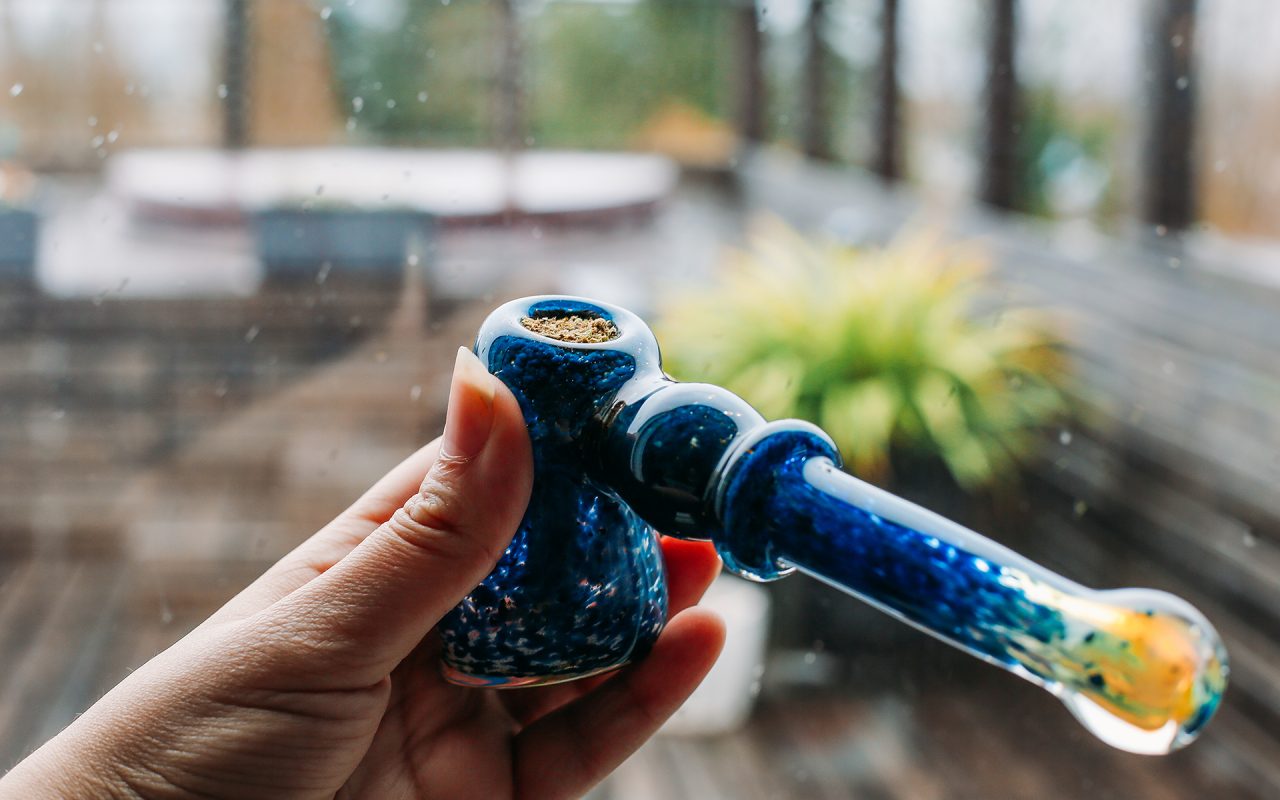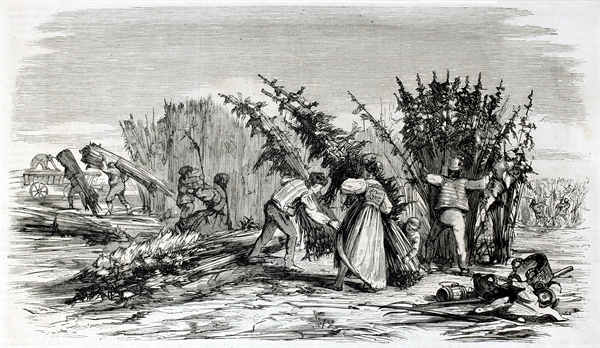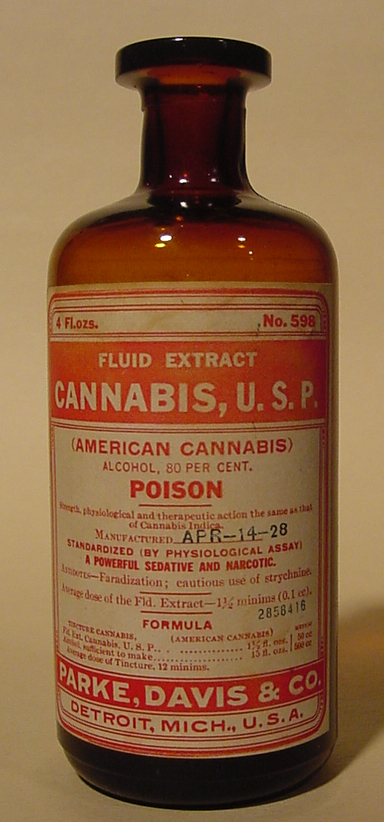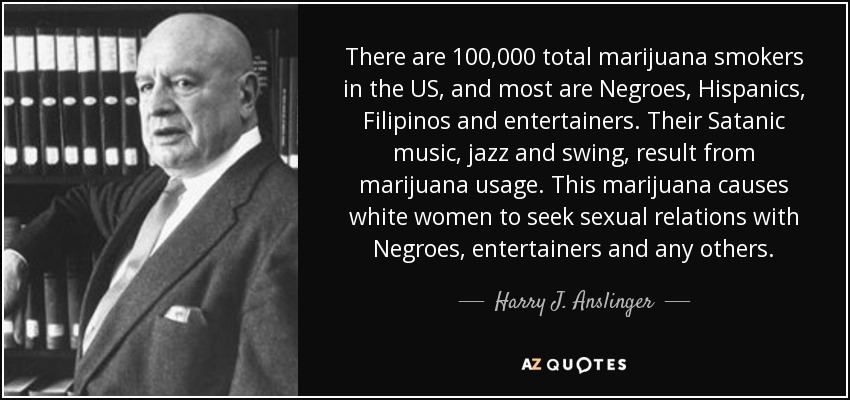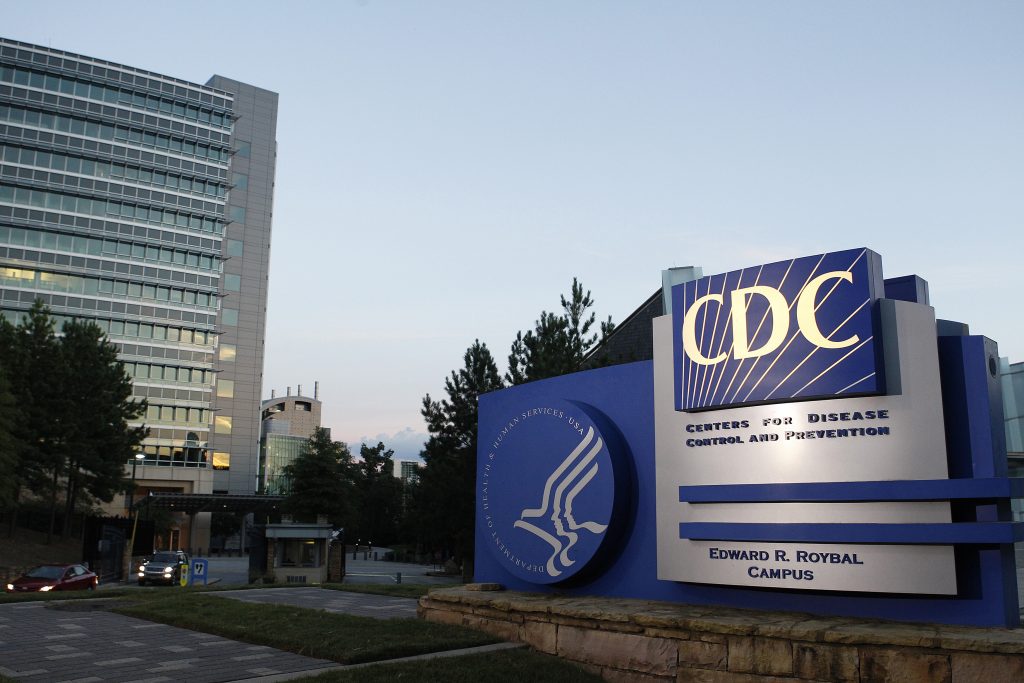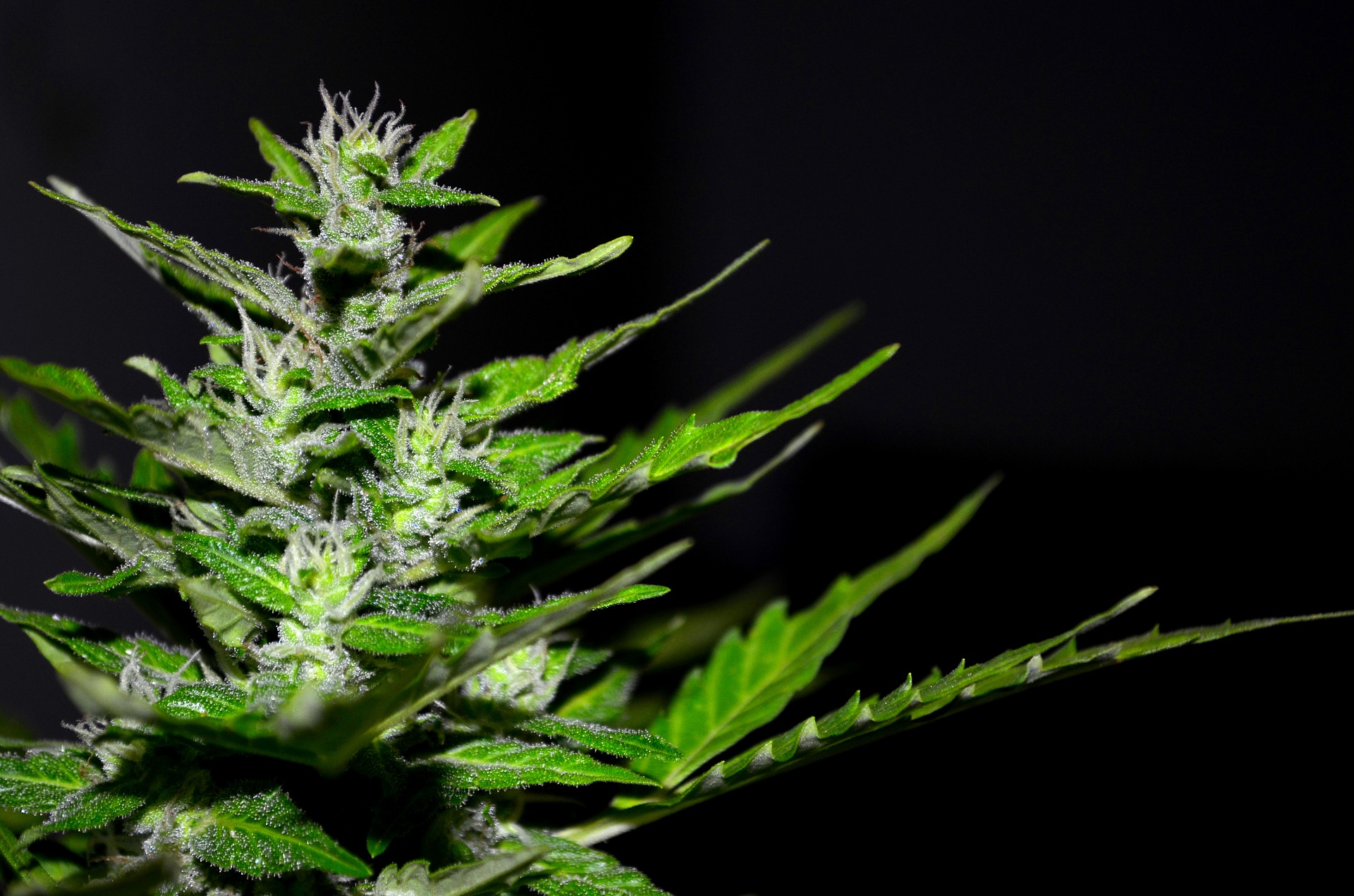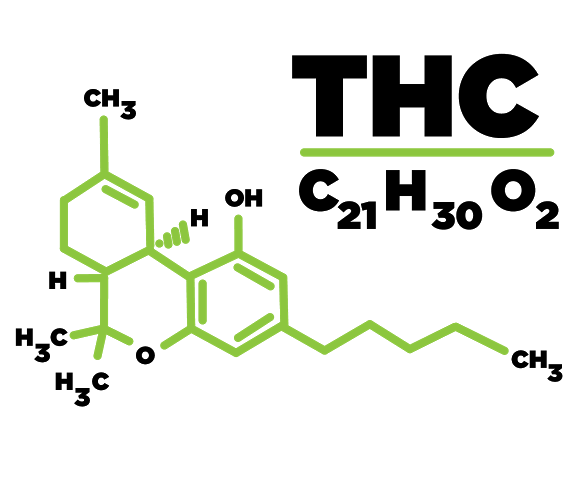In this article, Growers Network breaks down the reasons you want to grow your own Cannabis.

The following is an article produced by Growers Network. This article is for educational purposes only. We do not claim any responsibility for any legal or financial repercussions of your decisions. Always consult with a lawyer or attorney before making a decision that could have a legal consequence!
Why Grow Cannabis?
If you ask any hobbyist why they do what they do, the answer you’re going to get is that they enjoy it. Gardening is no exception, but what about Cannabis? Sure, it may be fun to grow, but as Cannabis laws loosen all over the country and more and more Cannabis enters the marketplace, you may wonder why anyone would want to grow their own. It’s a good question.
Think about it this way: even with fresh produce available almost everywhere, many people still enjoy growing their own fruits and vegetables even if there is no financial benefit. Similarly, beer is available almost everywhere in the US, but there are over a million homebrewers in the country. If these trends are any indication of people’s habits, we should expect the same for hobby grown Cannabis.
It’s a fact: From flowers, to herbs, to food, people love to garden. So whether you’re a gardener interested in growing Cannabis, or a Cannabis enthusiast looking to produce your own, we’re going to break down the top five reasons why hobby Cannabis cultivation is a great idea.
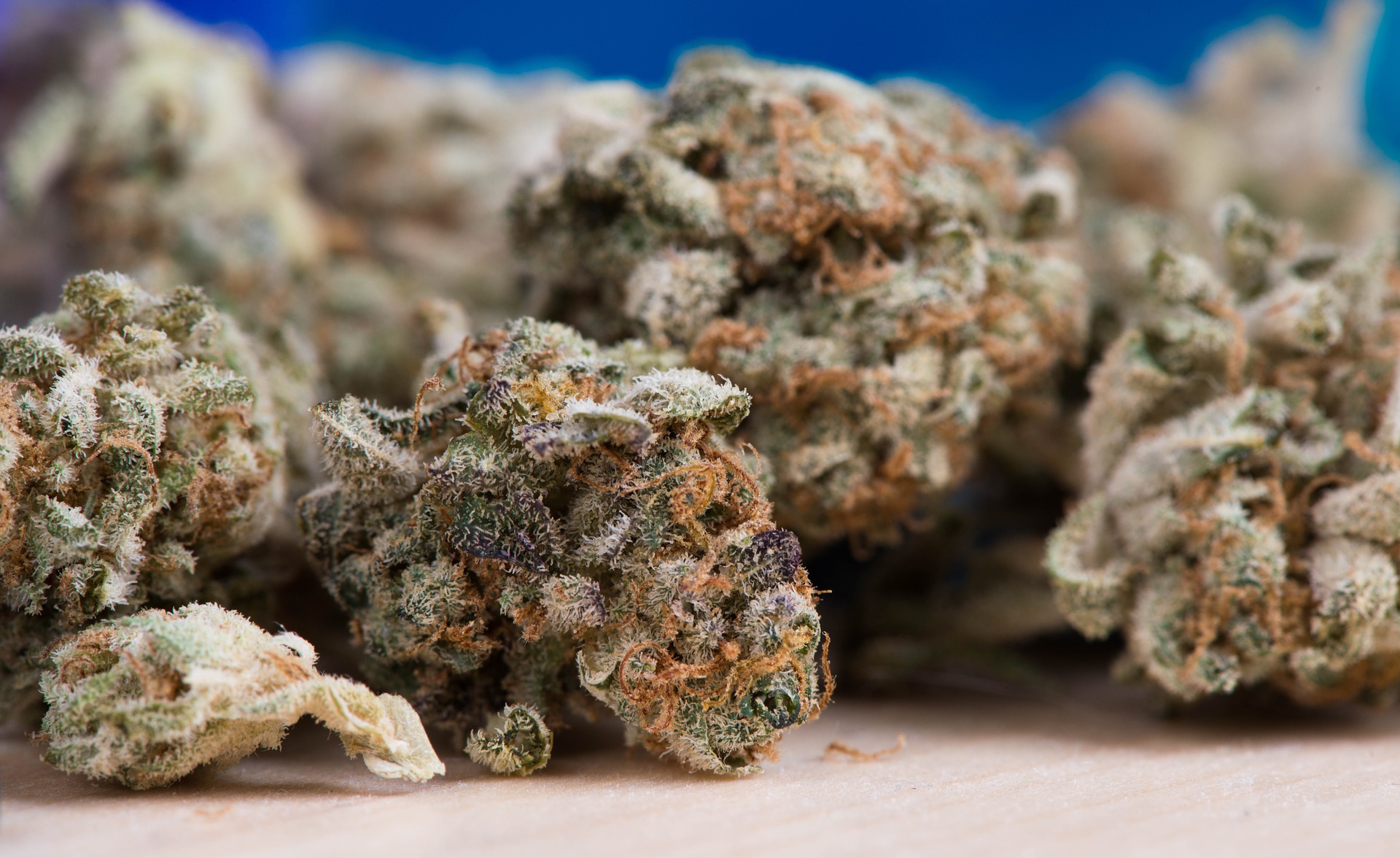
1. Absolute Control
The control you can have when cultivating your own plants is its own reward. Like any other agricultural product, you can’t always be sure of what goes into your Cannabis if you didn’t raise it. If knowing exactly what goes into your plants is important to you, then growing your own Cannabis gives you control over the entire process. From seed selection, to fertilizer, to pest management, you’re in total control with your own hobby grow. And when you take the first toke, you can be proud to know what effort went into your cannabis.
2. Medicine
Control over the process is important in any application, but particularly when it comes to Cannabis as medicine. Through careful preparation and attention to detail, you can guarantee your harvest contains only what you want. This is especially important since certain medical conditions could be exacerbated by exposure to chemical pesticides or other additives, as has happened with relative regularity. By growing your own, you can tailor your methods to grow medicine for yourself without any unwanted additives.
3. Recreation
For many hobbyist beer brewers, crafting the perfect brew has the added benefit of sharing it with friends and family. Cannabis hobbyists will be able to enjoy the same satisfaction. Imagine the wonderful gifts you could give using Cannabis. You can even give your mom flowers! From flower, to extracts, to edibles, your friends and family will love your Cannabis infused gifts, whatever the occasion.
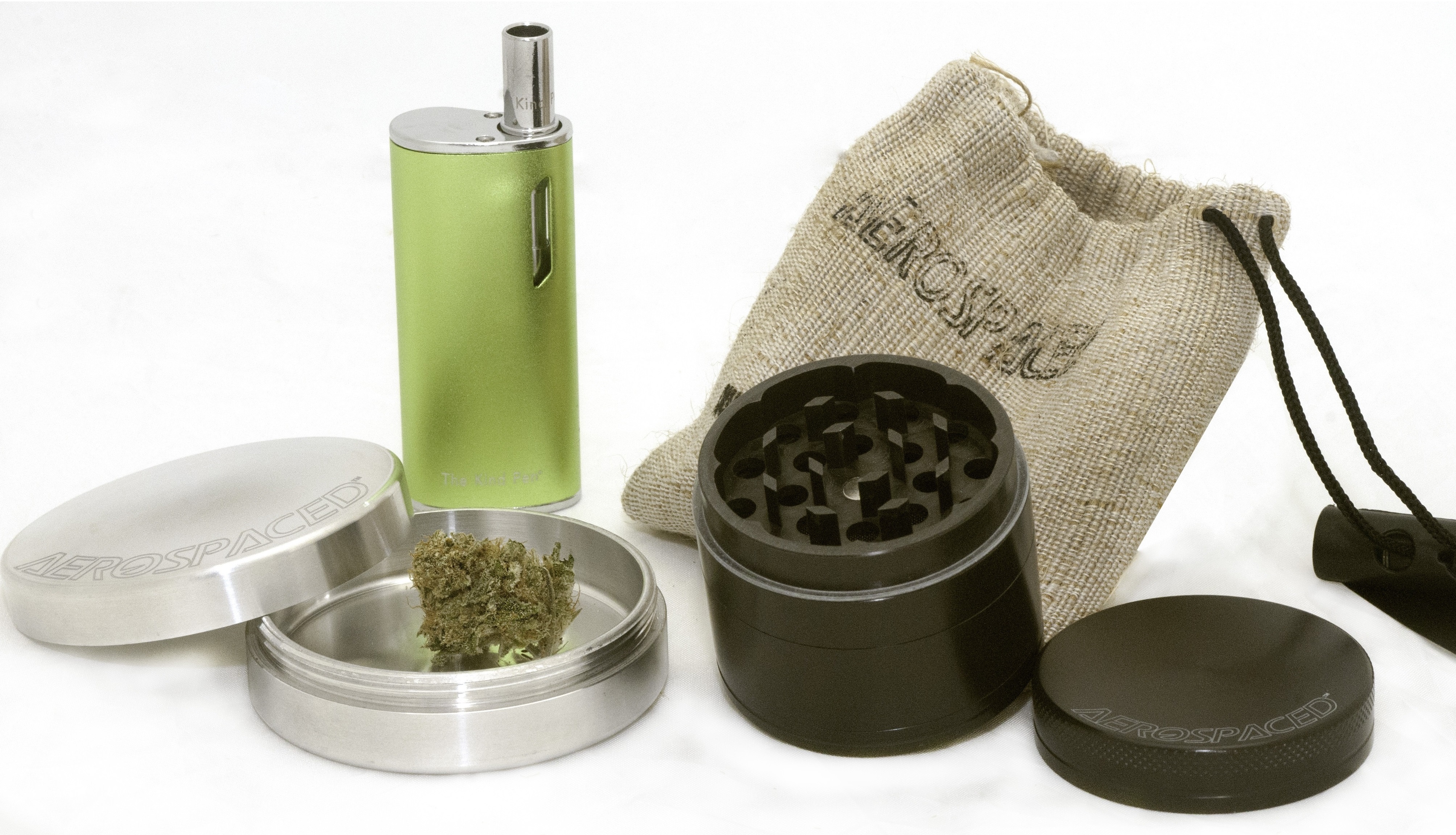
Again: Make sure you are aware of the legal status of Cannabis products in your state or country before you grow or use them!
4. Environmental Impact
If you care about the environment, you probably appreciate plants. As with all plants, Cannabis leaves release the oxygen we breathe, and they take in environmental CO2, a major contributor to global warming. Plants also recycle nutrients the soil needs to keep the planet healthy, so growing Cannabis can be good for the earth. Just remember to compost any parts you don’t use and you can help the environment even more!
Just remember that cannabis is a thirsty plant, so keep it someplace where that water won’t get wasted, like a grow tent.
5. Save Money
Though most hobbies include some kind of initial investment, starting a hobby grow for Cannabis can be accomplished on nearly any budget. Additionally, you will be able to save money over time as you harvest. No longer at the mercy of the market, you’ll be able to enjoy your Cannabis without breaking the bank. And compared with other hobbies like craft brewing that require some expensive equipment, basic growing isn’t that expensive.
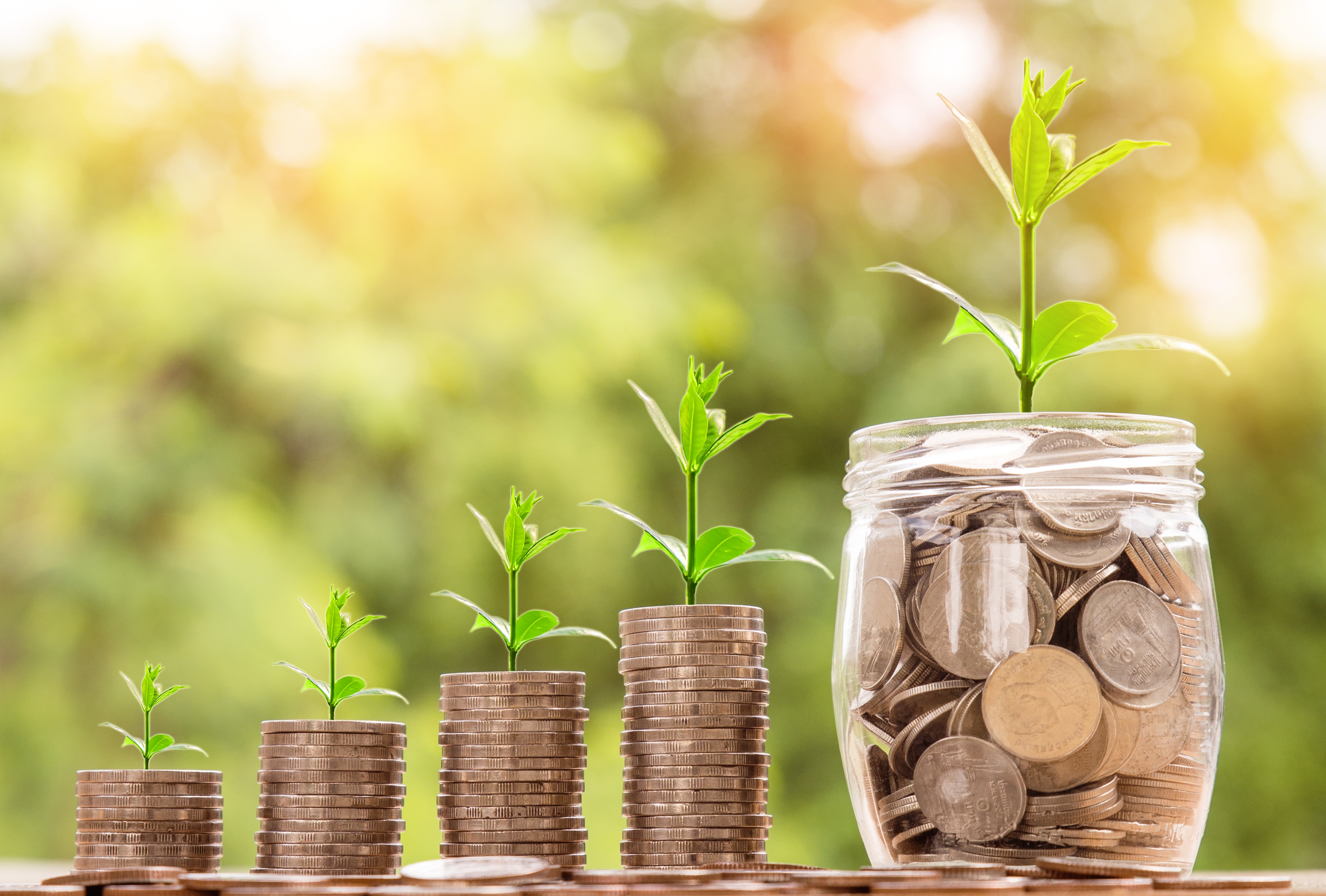
So there you have it, our top 5 reasons to grow at home. If gardening and beer brewing trends are any sign, at-home Cannabis is going to increase in popularity as laws continue to relax and people see the benefits for themselves.
So, you ready to get growing?
10 Best Gift Ideas for Cannabis Connoisseurs and Growing Aficionados (2022)
December 7, 2022Developing and Optimizing a Cannabis Cultivation System
December 14, 2021Dealing with Insomnia: How Can CBD Help?
December 10, 2020Your Guide to Sleep and CBD
December 7, 2020
Do you want to receive the next Grower's Spotlight as soon as it's available? Sign up below!

Do you have any questions or comments?

About the Author
Chris DeWildt is a graduate of Grand Valley State University and Western Kentucky University. He worked in education and publishing for ten years before joining the team at Growers Network. In addition to editing the GN blog, Chris also works on the Canna Cribs series.










